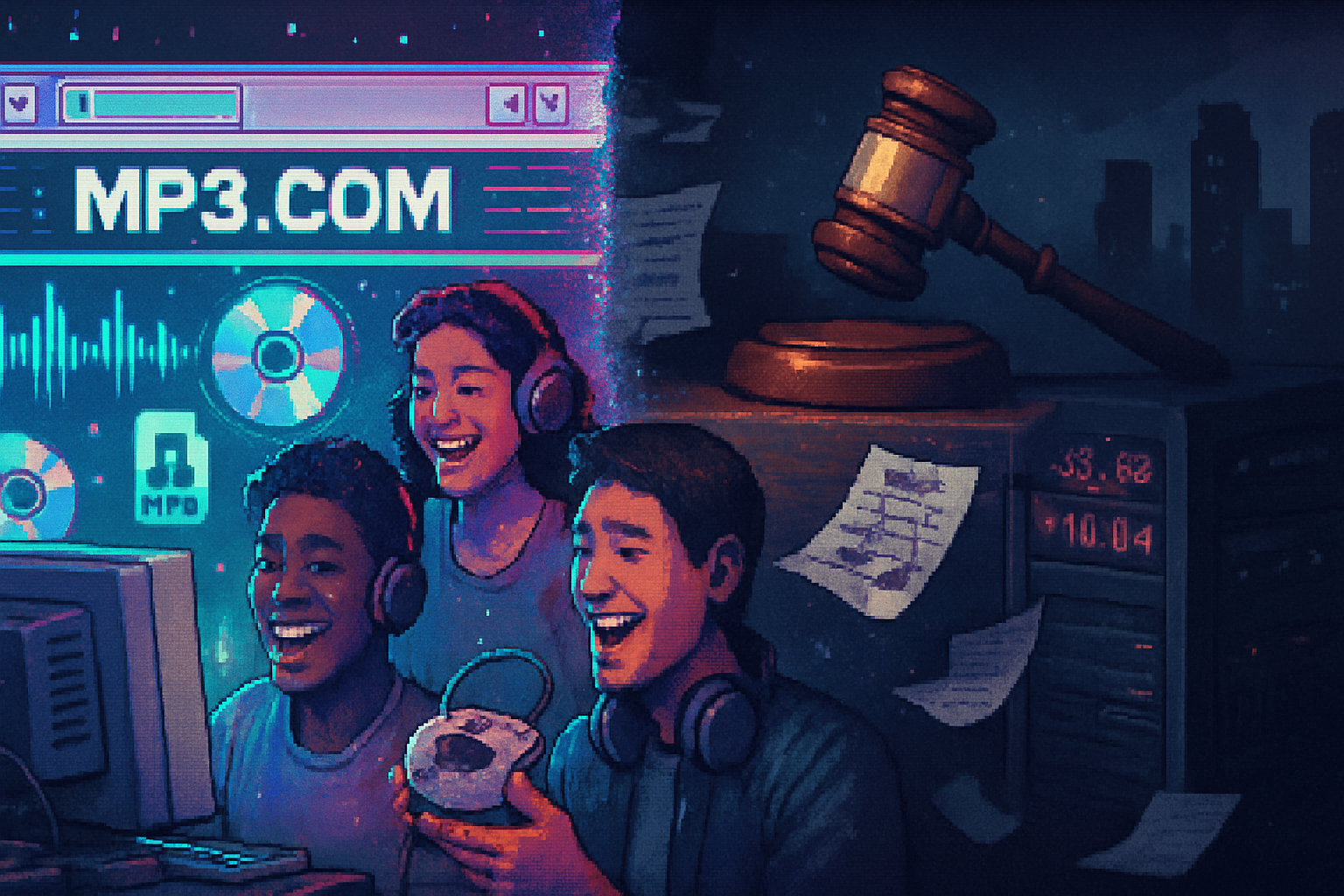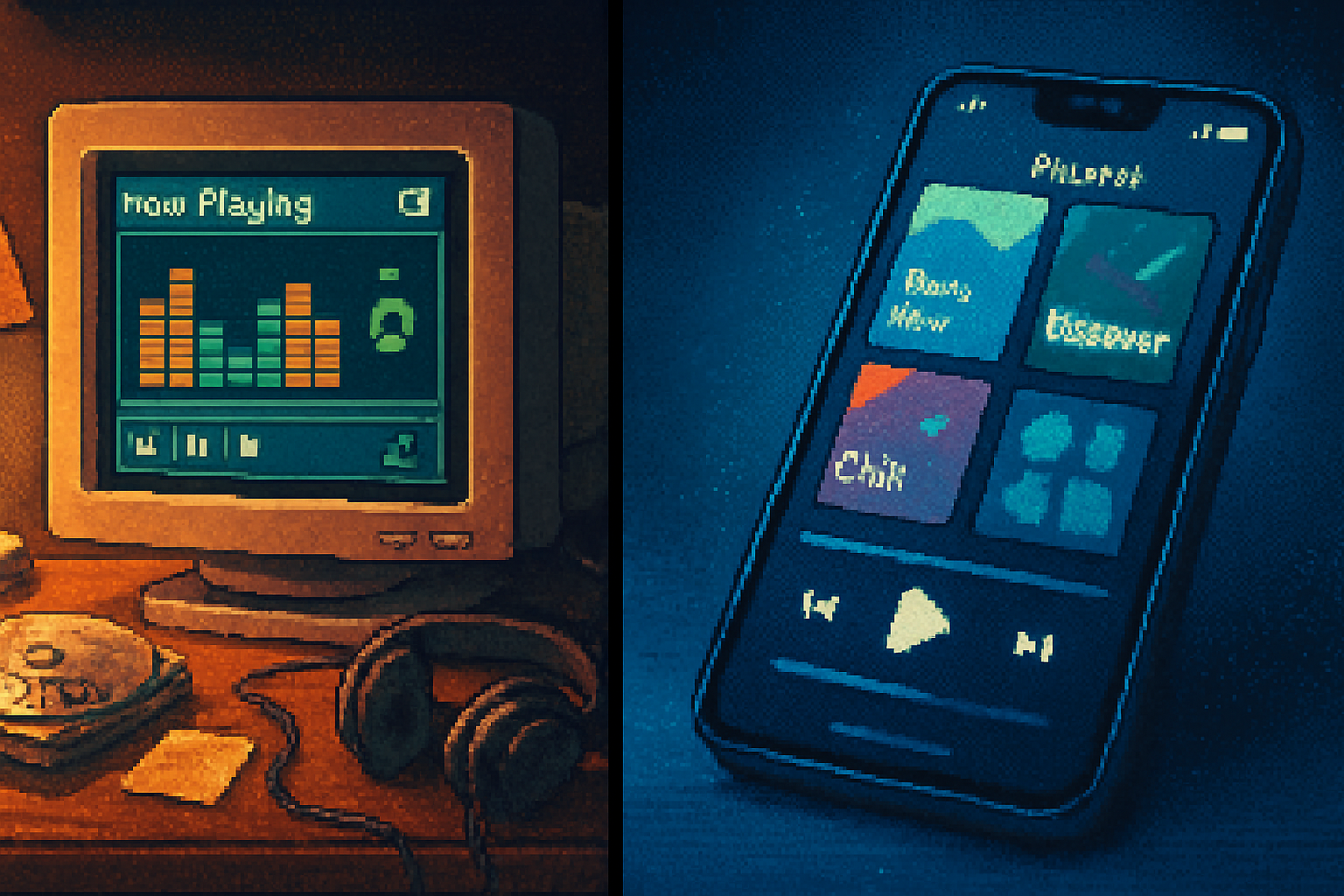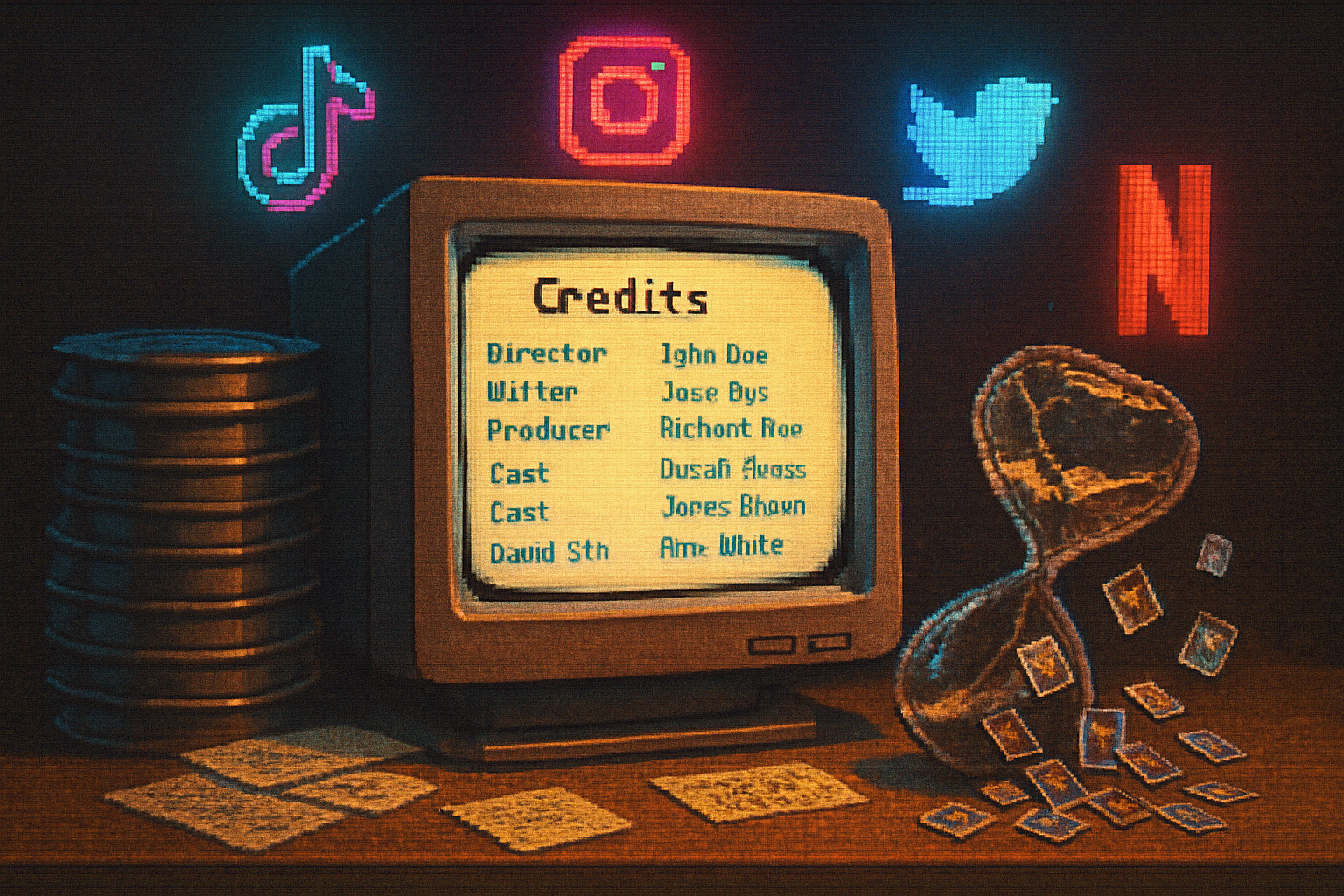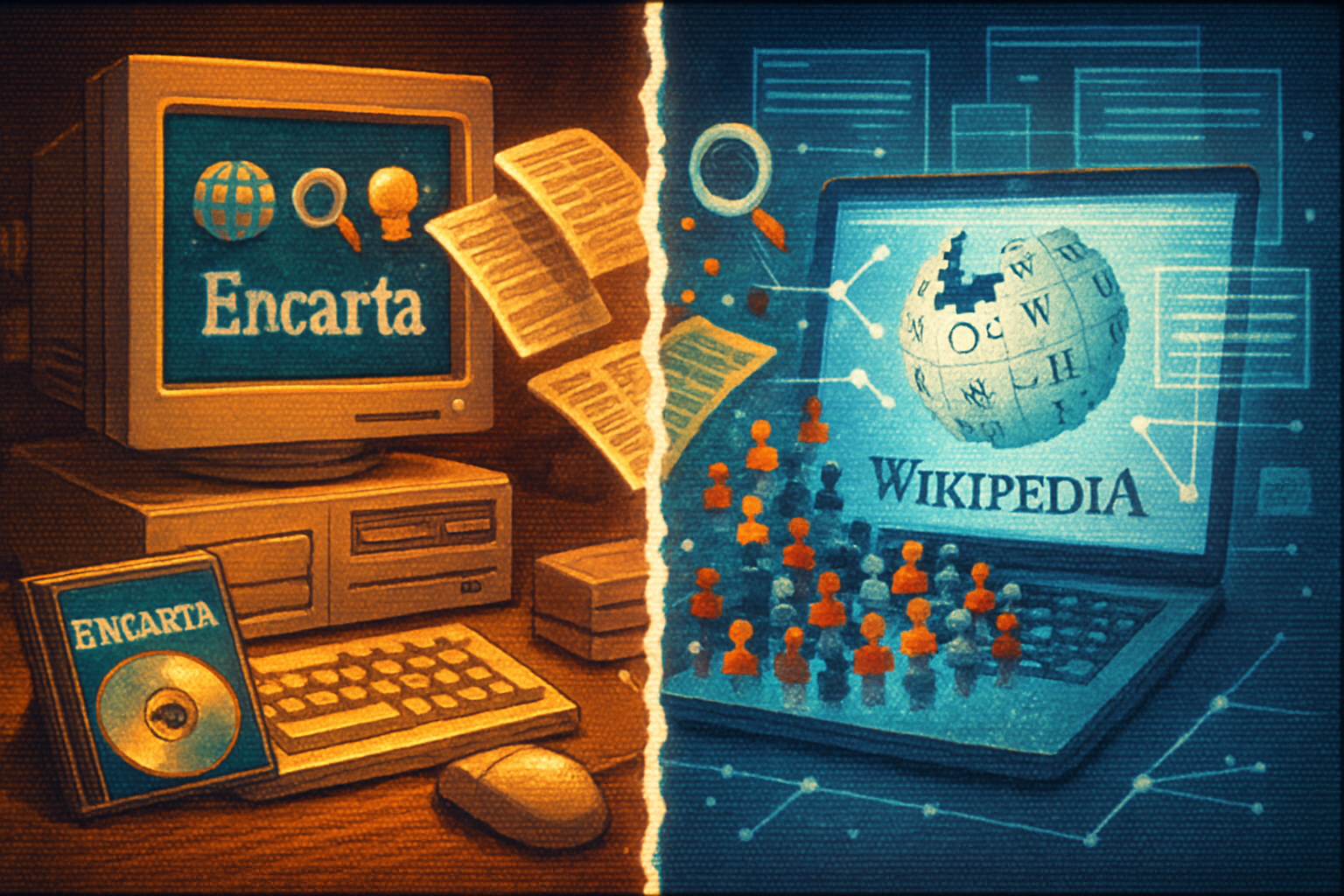· retrotech · 7 min read
The Rise and Fall of MP3.com: Lessons for Today’s Digital Music Platforms
MP3.com transformed how artists and listeners discovered music in the late 1990s - then collapsed under legal and business pressures. This article traces MP3.com's arc, explains what went wrong, and extracts practical lessons for modern streaming services and artist platforms.

Introduction
In the late 1990s MP3.com felt like the future of music. It democratized distribution, gave independent artists a voice, and let listeners discover and download tracks with unprecedented ease. But within a few short years, legal battles, shaky business assumptions and the dot-com crash turned that promise into a cautionary tale.
This post tells the story of MP3.com from its revolutionary beginnings to its eventual collapse, and draws concrete lessons today’s streaming services, cloud lockers and artist platforms should take to heart.
Quick history snapshot
- Founded in the late 1990s, MP3.com built an audience by hosting MP3 files, offering artist pages, and helping fans discover new music.
- The site grew quickly as broadband penetration rose and MP3s became the dominant digital format.
- MP3.com launched bold features (including a “virtual locker” concept) and struck a nerve with both fans and the record industry.
- A string of lawsuits from major labels - most notably over the My.MP3.com service - plus broader market pressures led to massive legal liability and financial stress.
- MP3.com’s assets were eventually sold and the original vision fragmented; the company’s rise and fall is now studied as an early example of platform risk in the digital media economy.
(For an overview of the company timeline and key events, see the MP3.com entry on Wikipedia.)[1]
What made MP3.com revolutionary
Democratized distribution
Before MP3.com, music distribution was gatekept by labels, physical distribution and radio. MP3.com allowed unsigned and independent artists to publish music directly to a global audience. That model foreshadowed later successes by Bandcamp, SoundCloud and YouTube for music discovery.
Direct artist-fan interactions
Artist pages, downloadable tracks and message boards put artists closer to fans. This early embrace of community and direct ties influenced later artist-first platforms.
Discovery and virality
MP3.com made it easy to find new music. Its focus wasn’t only on top-chart hits but on long tail content - niche genres and underground artists that mainstream channels ignored.
Product experimentation
MP3.com tried new features: personalized pages, web-based access, and eventually the idea that a listener’s purchased music could be accessed from anywhere (a primitive cloud locker concept). It was experimental, fast-moving and often ahead of legal and market norms.
Where MP3.com went wrong
Underestimating copyright risk
The most decisive factor in MP3.com’s collapse was legal exposure. The company’s My.MP3.com service allowed users to access music that MP3.com claimed they owned digitally (by making server-side copies after users demonstrated CD ownership). Major labels viewed those copies as unauthorized reproductions and sued. The resulting litigation drained resources and led to adverse rulings and settlements.
Business-model fragility
MP3.com relied heavily on advertising and speculative future value. When the dot-com bubble burst and legal costs mounted, the company lacked resilient, recurring revenue (such as widespread subscription or robust licensing arrangements) to sustain operations.
Lack of licensing and partnership infrastructure
Instead of negotiating comprehensive licenses with labels early on, MP3.com often operated in a legal gray area - or in open conflict - with rights holders. That left it dependent on uncertain legal outcomes rather than durable contracts.
Rapid expansion without contingency planning
MP3.com scaled features quickly and invested in services that created new obligations (e.g., storing massive libraries). When legal and market headwinds hit, fixed costs and technical commitments compounded the company’s problems.
Misreading stakeholder incentives
While MP3.com empowered many independent artists, major labels were existentially threatened. MP3.com’s inability to convert labels into partners - by offering revenue shares, controlled licensing or clear rights accounting - turned incumbents into adversaries.
The legal flashpoint: My.MP3.com (briefly explained)
My.MP3.com is the canonical example of how a clever technical solution collided with legal reality. The service allowed users who had purchased CDs to access server-based copies of the same music from any web-connected device. MP3.com argued the copies were permissible because users had already purchased the CDs. Rights holders argued that MP3.com had made unauthorized reproductions and public performance/streaming of their works.
Courts ultimately sided with plaintiffs in key rulings and/or settlements, establishing that making and streaming server-side copies without licenses violated rights holders’ exclusive rights. The legal fallout created both direct damages and indirect costs (lost licensing goodwill and blocked deals).
(See coverage of the legal conflict and its consequences here.)[2]
Broader context: dot-com crash and investor expectations
MP3.com’s troubles were not purely legal. The late-1990s bubble pushed valuations to unrealistic levels and encouraged growth-at-all-costs strategies. When the bubble popped, advertising revenue dropped, capital markets tightened, and companies without robust unit economics - especially those facing legal liabilities - became vulnerable.
Legacy and what MP3.com got right
Despite its failure, MP3.com left important, lasting contributions:
- It demonstrated demand for direct artist-to-fan distribution.
- It showed how the internet could surface long-tail music and reshape discovery.
- It seeded user expectations about accessibility - being able to play your music anywhere became a baseline demand (in time giving rise to legitimate cloud lockers and streaming services).
- It accelerated industry conversations about digital licensing, leading labels and platforms to negotiate the kinds of deals that power today’s streaming ecosystem.
Concrete lessons for today’s digital-music platforms
Prioritize clear licensing from day one
Technical ingenuity cannot substitute for legal rights. Platforms must negotiate rights (or create strong, defensible legal bases) before offering reproduction or streaming functionality that touches copyrighted works.
Build diversified, sustainable revenue models
Ad-only, speculative growth is fragile. Successful platforms balance subscriptions, advertising, licensing, micropayments, and artist monetization to create predictable cash flows.
Treat rights-holders as partners, not adversaries
Respect for artists and labels - through transparent revenue sharing, reporting, and collaboration - reduces litigation risk and fosters product opportunities (exclusive content, promos, joint marketing).
Design for scale and risk simultaneously
Rapid feature rollouts should include legal and compliance reviews, contingency reserves, and technical controls (geo-blocking, DRM options, access logging) that reduce exposure.
Invest in artist trust and data portability
Artists today expect clear royalty accounting, timely payments, and the ability to move data between services. Platforms that honor those expectations retain creators and avoid reputational damage.
Anticipate regulatory changes and public scrutiny
As platforms grow, regulators and public interest groups will examine privacy, competition, and cultural impact. Proactive compliance and public communication matter.
Know the difference between innovation and infringement
Breakthroughs that rely on circumventing existing rights are often unsustainable. Workarounds that respect underlying legal frameworks are more likely to scale.
Learn from precedent - but adapt
MP3.com’s fate matters because it shows how legal strategy, financing and product design interact. Modern platforms should study the case but also adapt lessons for current tech (AI-driven recommendations, streaming royalty splits, and global licensing complexity).
How modern platforms avoided (or repeated) MP3.com’s mistakes
Spotify and Apple Music - negotiated broad licensing deals with labels and publishers before scaling; their subscription-led models provide recurring revenue and clearer royalty pipelines.
SoundCloud - has oscillated between open-upload ethos and licensed catalogs; it demonstrates the tension between community-driven distribution and the need for licensing deals (SoundCloud later struck licensing agreements with major rights holders).
Bandcamp - focuses on artist-first economics and direct sales, reducing dependence on ad markets and aligning incentives with creators.
Cloud lockers and on-demand lockers - companies offering “access anywhere” features learned to build those services around user-submitted content or licensed catalogs - typically with explicit license or authentication mechanisms - to avoid the My.MP3.com pitfall.
Practical takeaways for entrepreneurs and product people
- Before launching a feature that touches copyrighted content, get legal signoff and a plan to secure rights.
- Test monetization early; don’t assume advertising alone will underwrite growth indefinitely.
- Document and communicate royalty policies to creators in plain language.
- Maintain reserves for legal contingencies if your product model could trigger disputes with incumbents.
- Design features with user identity and proof-of-ownership models that are robust and not easily gamed.
Conclusion
MP3.com was an extraordinary experiment in how digital distribution could upend the music business. Its innovations seeded ideas that later services matured: artist-first distribution, cloud-based access to owned music, and global discovery systems. But its legal missteps, fragile monetization and aggressive scaling amid regulatory uncertainty turned a pioneering company into a warning for platform builders.
For modern digital-music platforms the message is clear: innovation must be paired with legal clarity, sustainable economics and respectful partnerships with creators and rights-holders. Get those fundamentals right and you can change listening habits forever; ignore them and you risk repeating MP3.com’s costly lessons.
References
- MP3.com - Wikipedia: https://en.wikipedia.org/wiki/MP3.com [1]
- “MP3.com Is to Be Bought By CNET” - The New York Times (March 2003): https://www.nytimes.com/2003/03/26/business/mp3com-to-be-bought-by-cnet.html [2]
- Coverage and analysis of MP3.com’s legal battles and legacy - see contemporary reporting and retrospectives (search archives of Wired, Ars Technica and major newspapers for deep reads).



